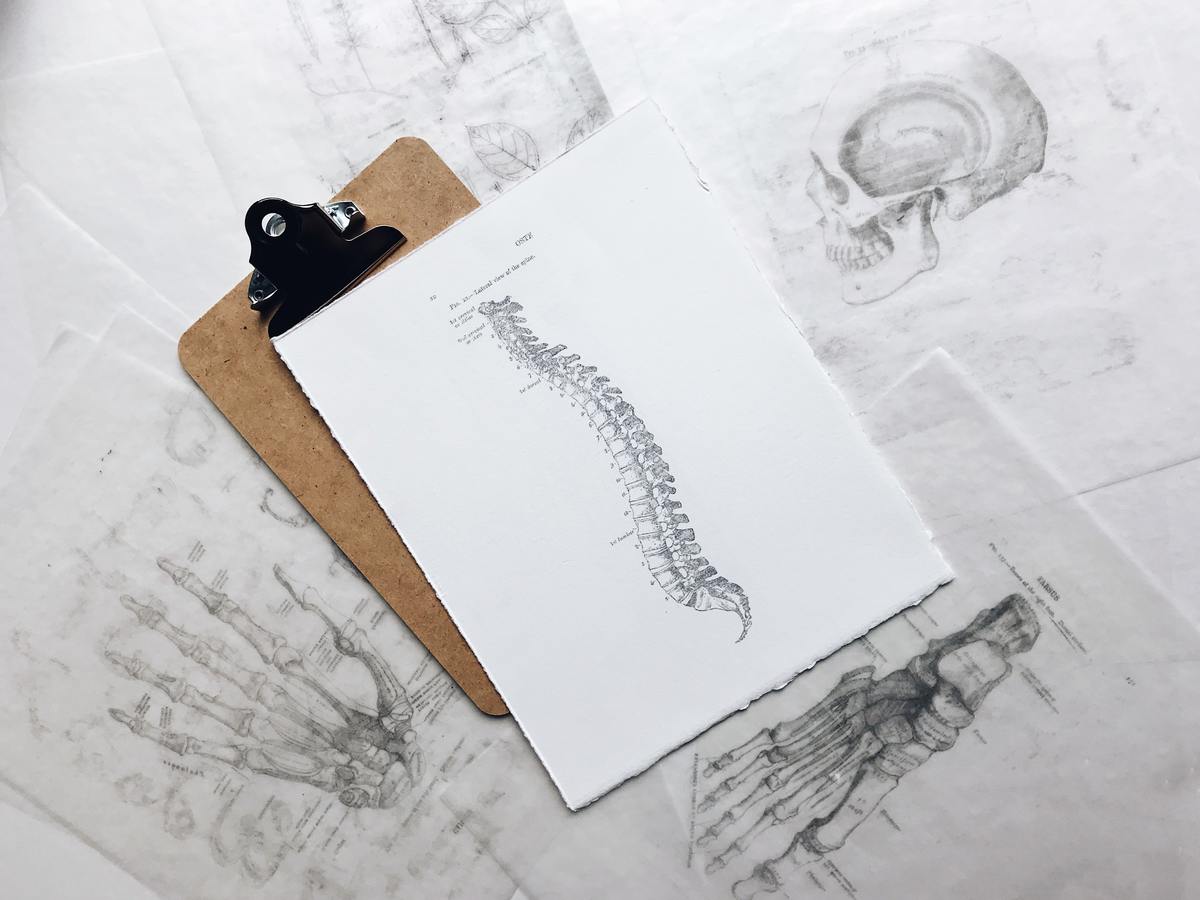
Inversion tables (also known as inversion beds) are all the rage these days because of their significant health benefits, including pain relief. An inversion table is a special adjustable bed used in inversion therapy. It lives up to its name because while on an inversion table, you get inverted with your head near the ground and your feet above you. Essentially, the bed flips to allow you to defy gravity and stay upside down to decompress the spine, and ease the pressure on your back, joints, or kidneys.
The therapy bed, also referred to as an inversion table, is tipped after you lie down and strap yourself onto it. Being upside down is also supposed to help people with back pain, muscle spasms, compressed spinal discs, sciatica pain, and kidney stones. Anecdotal evidence from testimonials. to reviews on social media, vouch how this unique bed is an excellent remedy to the pitfalls of a modern lifestyle. The pitfalls of a modern lifestyle include poor posture from slouching over our laptops and ‘text neck’ from looking down at our phones too much. Let’s review some of the benefits of using an inversion table, and how sometimes, being “topsy-turvy” can do wonders for your health:

An Inversion Table Can Help Relieve Back Pain
One of the most noted benefits of an inversion table is that it supposedly works well to relieve back pain. This type of inversion table helps you stretch and elongate your spine, and release any spinal compression which may be the reason for pain or discomfort. Because of this primary benefit, inversion therapy is also referred to as spinal traction.
The theory behind this is that staying upside down tapers the pressure of gravity on the disks of your spine and sensitive nerve endings. While you’re flipped, you create more space between each vertebra which may be normally cramped or smushed together. This very same concept is used in inversion yoga, which is why doing headstands and holding this inversion yoga pose is popular for yogis. However, since not everyone is trained to do inversions, an inversion table (inversion bed) will help you reap the benefits without being an advanced yoga practitioner.

Relief From ‘Text Neck’
Day in, day out, hundreds of individuals spend hours sitting at their desks or standing for hours on end. Examples of these are office workers who stay hunched over their tables or healthcare workers and sales associates who need to constantly stand. On top of that, neck pressure is common with people’s obsession with looking down to read their smartphones and other gadgets. The neck pain associated with this is referred to as ‘text neck’.
While sitting and standing at work may seem trivial because it is ingrained in the hustle and bustle culture of the modern world, maintaining the same position for hours on end is detrimental to health, especially if you don’t naturally hold good posture. Moreover, studies show that prolonged standing or sitting for hours on end without break could result in a lot of physical ailments. Here are just some of the adverse effects this may bring to your body:
Joint Pain
Standing for hours and hours without break can wear down your joints, in particular, those of the knees and the feet. This can cause pain in later years and may result in inflammatory issues.
Lumbar Pain from Poor Posture
Sitting for hours at a desk can wreak havoc on your lumbar area and lower spine. This may leave you with long-term back pain issues, especially if you have poor posture to begin with.
Can Varicose Veins be Prevented with Inversion Therapy?
Spending hours standing or with your legs bent in a certain position could cause varicose veins to appear in your lower extremities. These are enlarged and twisted veins that appear close to the skin’s surface. This can make you feel self-conscious because they look like spider veins that can be seen with the naked eye. Varicose veins are due to increased pressure on the lower body brought about by standing. While mild varicose veins are simply an issue of aesthetics, these may occur in more serious cases, causing pain, throbbing, itching, and changes in skin color.
Varicose veins also occur due to poor circulation. Once the circulation is improved through inversion table therapy, varicose veins may be relieved. Hanging upside down can pull the blood away from the veins and into the rest of the body.

Combat Fatigue
Both standing and sitting require effort to keep the body upright against gravity, though sitting requires less effort. Your body exerts energy to keep you standing or sitting. Doing so for long periods of time without letting your body relax and rest can cause fatigue and body malaise.
Fortunately, an inversion bed was specifically made to address all of these issues. Proponents of the inversion therapy method assert that hanging your head upside down can somehow alleviate all these physical maladies by relieving pressure from the body’s structure which normally bears the bulk of your weight, as well as the invisible force of gravity.
Inversion Tables Promote Relaxation
Ultimately, inversion beds provide soothing comfort to many parts of your body. The principle is that gravity pulls all your organs, muscles, and bones downwards. Since you’re standing or sitting for the most part of your life, staying in the same pose could potentially lead to compression and discomfort over time. It may also result in long-term issues of pain because of muscle wear and tear, especially for individuals who are overweight.
To mitigate this problem, inversion tables were crafted specifically to decompress the body. As you tip yourself over and stay in an unusual position, your muscles, organs, and joints get a chance to relax. Instead of bearing the usual weight, all these body parts get a reprieve with force applied from an opposite direction. This is a very relaxing pose that could supplement your massage treatments.

Improve Blood Flow and Circulation
Spending a few minutes on an inversion bed is said to help your overall blood flow. That’s not surprising because your heart stays higher than your head when inverted, improving circulation of oxygenated blood. Consequently, this means a better detoxification process.
Because of the nature of the body’s position, inversions increase the flow of blood to your brain. As a result, you get more oxygen and nutrients, allowing your brain to function faster and better. Don’t be surprised if you notice an improvement in your memory, concentration, focus, and observation prowess. It even has the power to boost clear and critical thinking.
Moreover, staying upside down for a while increases the blood flow to the scalp, stimulating healthy hair growth. Most of all, staying in this unusual position helps ease the pressure on your veins, and as mentioned, may reduce potential risks of getting varicose veins.
Elongate Muscles and Stretch Joints
Inversion tables also work to elongate muscles and decompress joints by essentially pulling them in the opposite direction. Inversions create space between joints to relieve pressure, helping your muscles stretch and relax.
When the body is in an upsidedown position, the muscles of the trunk and bank get pulled by the body weight. This results in muscle elongation and joint stretching, increasing the feelings of relaxation. Staying in this position can supposedly help relieve joint pains, swelling, muscle aches, and spasms. This is particularly great for athletes or individuals who engage in lots of physical activity that may wear out joints and tighten muscles.
Inversion Table Therapy Could Improve Your Overall Quality of Life
Bear in mind, when your body does not feel good, you will not feel good mentally or emotionally. Investing in an inversion table or seeking inversion therapy services from a chiropractor could help ease your body pains and aches. This is money well spent because it could leave you feeling a lot better and more relaxed.
When your body feels good, your disposition will follow suit. In this way, inversion therapy somehow affects your quality of life. For example, feeling body aches and pain can affect your nutrition and disposition. You may end up eating unhealthy comfort food as a coping mechanism and you could forgo exercise because of the body malaise.
Sadly, all of these will compound your problem, potentially leading to other health issues such as high blood pressure or diabetes. So rather than staying miserable over your pesky muscle pains that inhibit your mobility, you can be proactive by using an inversion table that soothes strained muscles, painful joints, and weary bones.
Striving for Optimal Health and Wellness
Inversion tables are a potentially great investment to counter back pain, neck pain, and other body pains. It is also great for muscle and joint health. While it is an excellent way to allow your body to rest and relax, there are other forms of alternative treatment. More importantly, different types of therapy work differently for different people on a case-to-case basis. It is vital that, in order to keep yourself safe and healthy, you find the therapy method that is right for you.
For example, there are many ways to alleviate the stress of prolonged standing and sitting in place, which adversely impacts your joints. For starters, you can do stretching exercises in the morning. You can also follow this habit: sit for 15 minutes for every hour of standing, and stand for 30 minutes for every hour of sitting. You can also take calcium and vitamin D supplements to strengthen your bones. But, more importantly, you have to give your body time to rest. You can do so by lying down on a bed or flat surface. Even better, you can invest in an inversion bed or seek out clinics that offer inversion treatment.
Keep in mind, inversion therapy is just one option to help you ease whatever discomfort you feel in the body. It is; however, not a substitute for proper medical care. Before seeking out inversion bed therapy, be sure to consult your primary health physician to see if this is a good option for you.
Individuals with hypertension, heart disease, glaucoma, detached retina, inner ear problems, severe injuries to the body, and patients recovering from a past procedure or with other severe illnesses may not be advised to proceed with this therapy. For your safety, be sure to consult with your medical doctor before deciding on your course of action, and before buying an inversion table.







Comments are closed.